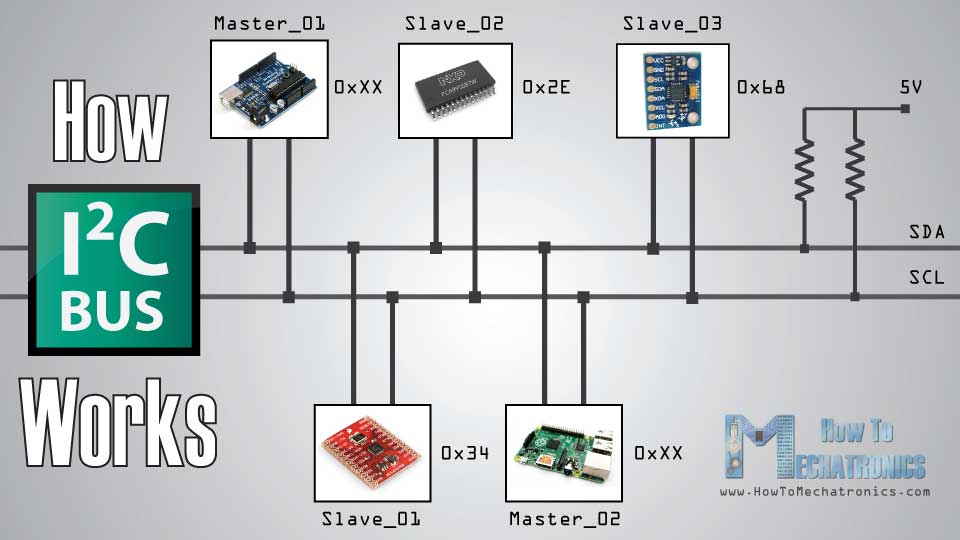

Code samples in the reference are released into the public domain. The text of the Arduino reference is licensed under aĬreative Commons Attribution-ShareAlike 3.0 License.
I2C CLOCK LINE ARDUINO UNO PINOUT SERIAL

MEGA 2560 board has pull-up resistors on pins 20 - 21 onboard. Please refer to the examples for more informations. Please note that a pull-up resistor is needed when connecting SDA/SCL pins. However the addresses from 0 to 7 are not used because are reserved so the first address that can be used is 8.

shift the value one bit to the right), yielding an address between 0 and 127. If you have a datasheet or sample code that uses 8 bit address, you'll want to drop the low bit (i.e. The Wire library uses 7 bit addresses throughout. 7 bits identify the device, and the eighth bit determines if it's being written to or read from. The I2C protocol involves using two lines to send and receive data: a serial clock pin (SCL) that the Arduino Master board pulses at a regular interval. There are both 7- and 8-bit versions of I2C addresses. Because of this, send() and receive() have been replaced with read() and write(). The Arduino Due has two I2C / TWI interfaces SDA1 and SCL1 are near to the AREF pin and the additional one is on pins 20 and 21.Īs a reference the table below shows where TWI pins are located on various Arduino boards.Īs of Arduino 1.0, the library inherits from the Stream functions, making it consistent with other read/write libraries. On the Arduino boards with the R3 layout (1.0 pinout), the SDA (data line) and SCL (clock line) are on the pin headers close to the AREF pin. This library allows you to communicate with I2C / TWI devices. Reference Language | Libraries | Comparison | Changes


 0 kommentar(er)
0 kommentar(er)
